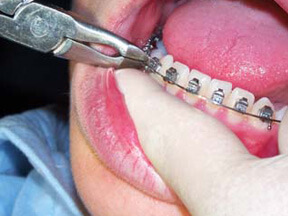
An evaluation of your progress where your wires may be changed to keep your treatment on track and moving forward.
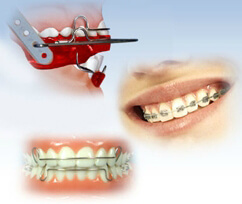
Anything the orthodontist attaches to your teeth to move your teeth or to change the shape of your jaw.
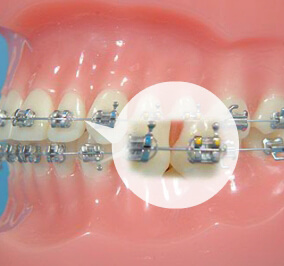
A metal wire that is attached to your brackets to move your teeth.
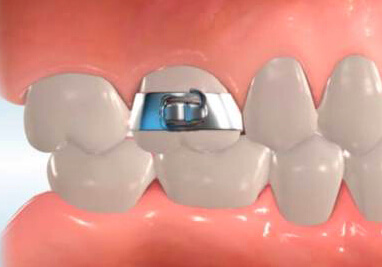
Bands are metal bands that are sometimes placed on the back molars and are used to anchor other orthodontic appliances to.
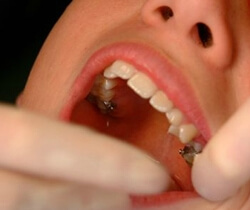
The process of cementing orthodontic bands to your teeth.

The process of attaching brackets to your teeth using a special safe adhesive.

Brackets are the small metal or ceramic modules attached to each tooth. They serve as guides to move the teeth and hold the archwire in place. The brackets used in orthodontics today bond directly to the teeth with a tooth-colored bonding adhesive. They are much smaller and lighter than ever.

Starting treatment with molar bite correction, the CMA provides an alternative way to address posterior malocclusions (misaligned bite) before orthodontic braces are placed. It delivers a light, uniform force or distal (backward) movement of the upper canines and molars as one unit. It also corrects the bite relationship with controlled, favorable rotation of the upper molars.
Click here to download an informational PDF
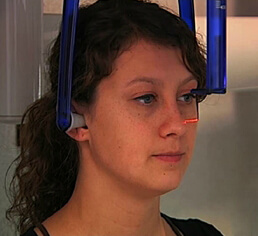
An x-ray of the head that shows if your teeth are aligned and growing properly.

A stretchable plastic chain used to hold archwires into brackets and to move teeth.

Clear Aligners are a technology developed using computer scanners and virtual reality to move teeth gradually using the construction of clear overlay retainer appliances.
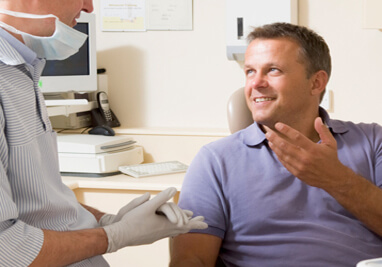
A meeting with your orthodontist where he/she discusses your treatment plan.
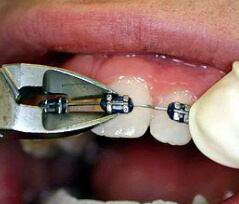
The removal of cemented orthodontic brackets.
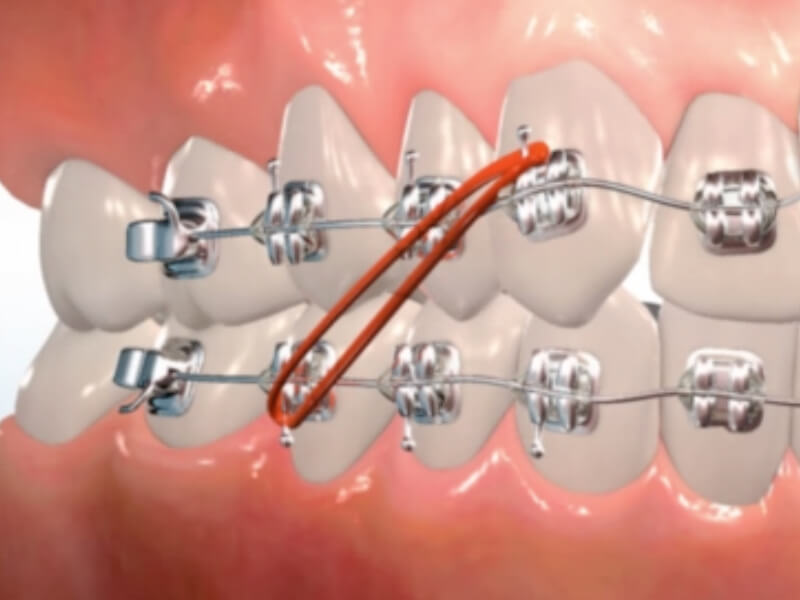
During various phases of treatment, small elastics or rubber bands are used as a gentle but continuous force to help individual tooth movement or the aligning of jaws.
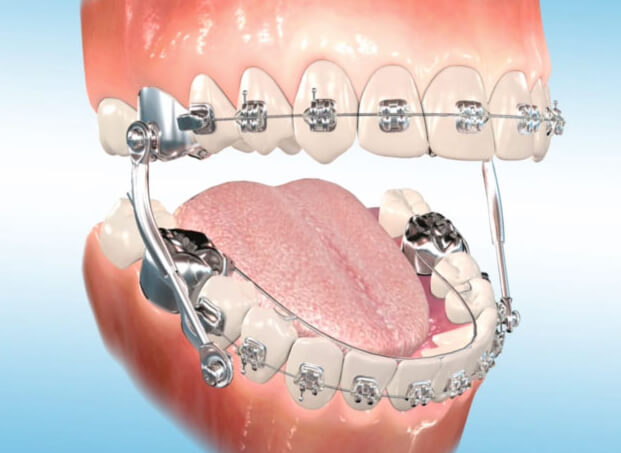
The Herbst Appliance is a functional appliance used in some growing patients to stimulate growth of the lower jaw.
Click here to download an informational PDF

The first step in making a model of your teeth. You bite into a container filled with a rubber-type material. That material hardens to produce a mold of your teeth.
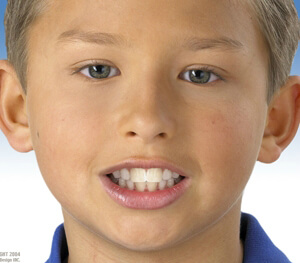
Orthodontic treatment that is usually done between the ages of 6 and 10. The objective of interceptive orthodontic treatment is to provide orthopedic intervention, so that later orthodontic treatment goes quicker and is less painful.

The laser light removes a small area of the gingival tissue over the impacted tooth. There is no bleeding as the tissue is cauterized as it is removed. This portion of the procedure usually takes only a few minutes.
Click here to download an informational PDF
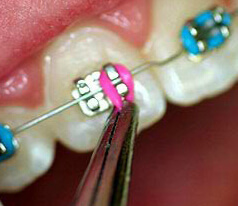
A process where an arch wire is attached to the brackets on your teeth.
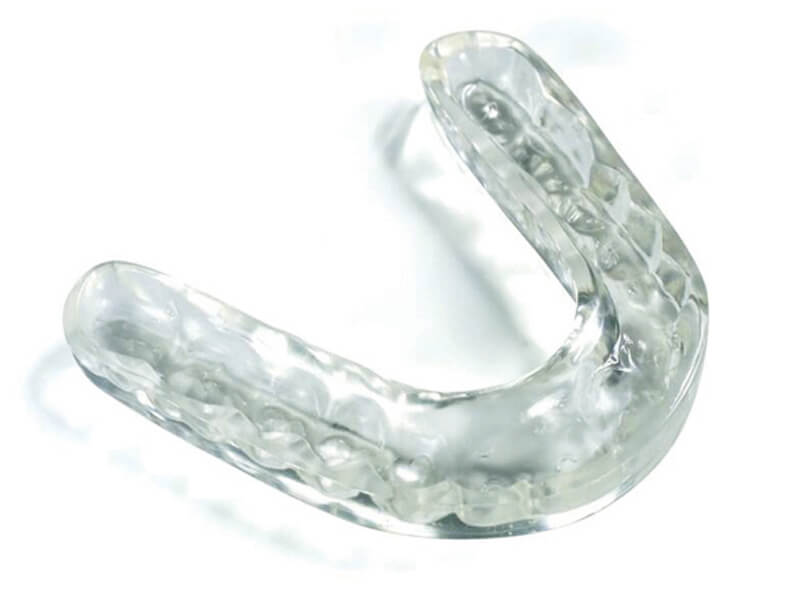
A device that is used to protect your mouth from injury when you are participating in sports. The use of a mouthguard is especially important for orthodontic patients, to prevent injuries.
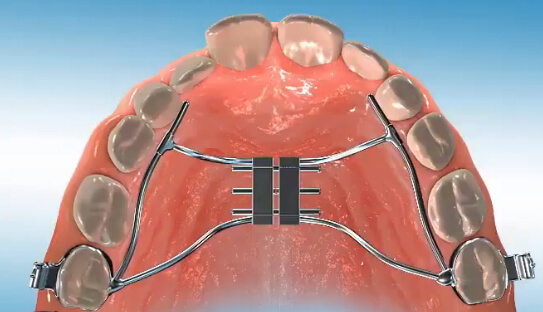
An appliance used to help widen your upper jaw or palate.
Click here to view our Fixed Palatal Expansion Information Sheet
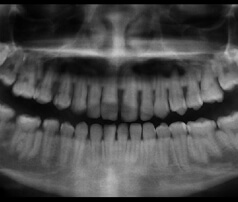
An x-ray taken by a machine that rotates around your head to give your orthodontist a picture of your teeth, jaws and other important information.
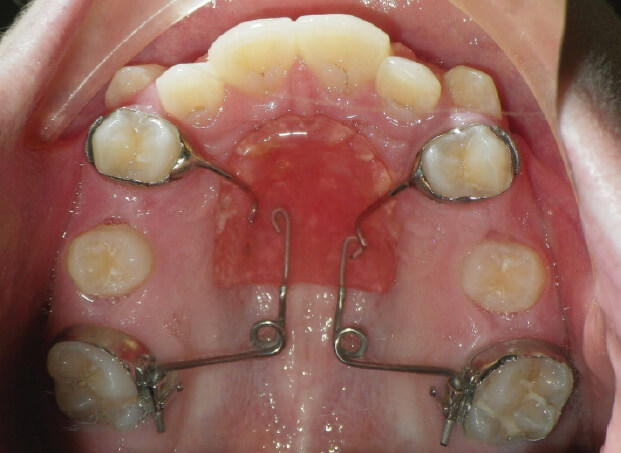
A Pendulum appliance backs up the upper molars without the need for headgear and patient compliance. It is a fixed intraoral appliance that does not require patient cooperation for it to work.
Click here to download an informational PDF
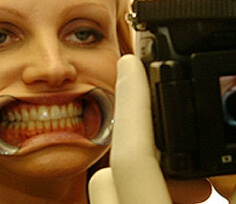
Facial and intraoral photographs will be taken throughout treatment.

These records, which include cephalometric and panoramic x-rays, digital photos and study models, help your orthodontist determine what treatment needs to be done.
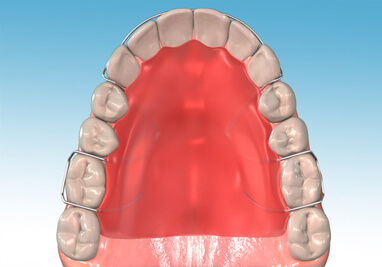
An appliance that the orthodontist gives you to wear after your braces are removed. The retainer attaches to your upper and/or lower teeth and holds them in the correct position while the bone around your teeth adjusts to the new positions of your teeth. At first, you wear the retainer 24 hours a day, and then only at night.
Click here to download an informational PDF
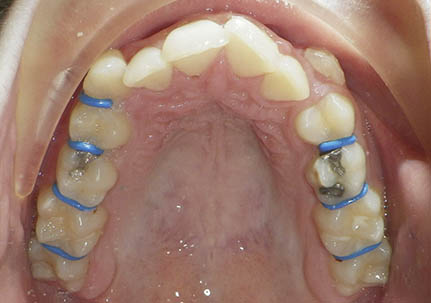
A plastic or metal part that the orthodontist uses to create space between your teeth for bands.

A procedure to measure how well your teeth come together. You bite a sheet of wax and leave bitemarks in the wax. This helps the orthodontist relate the upper and lower models of your teeth together.





